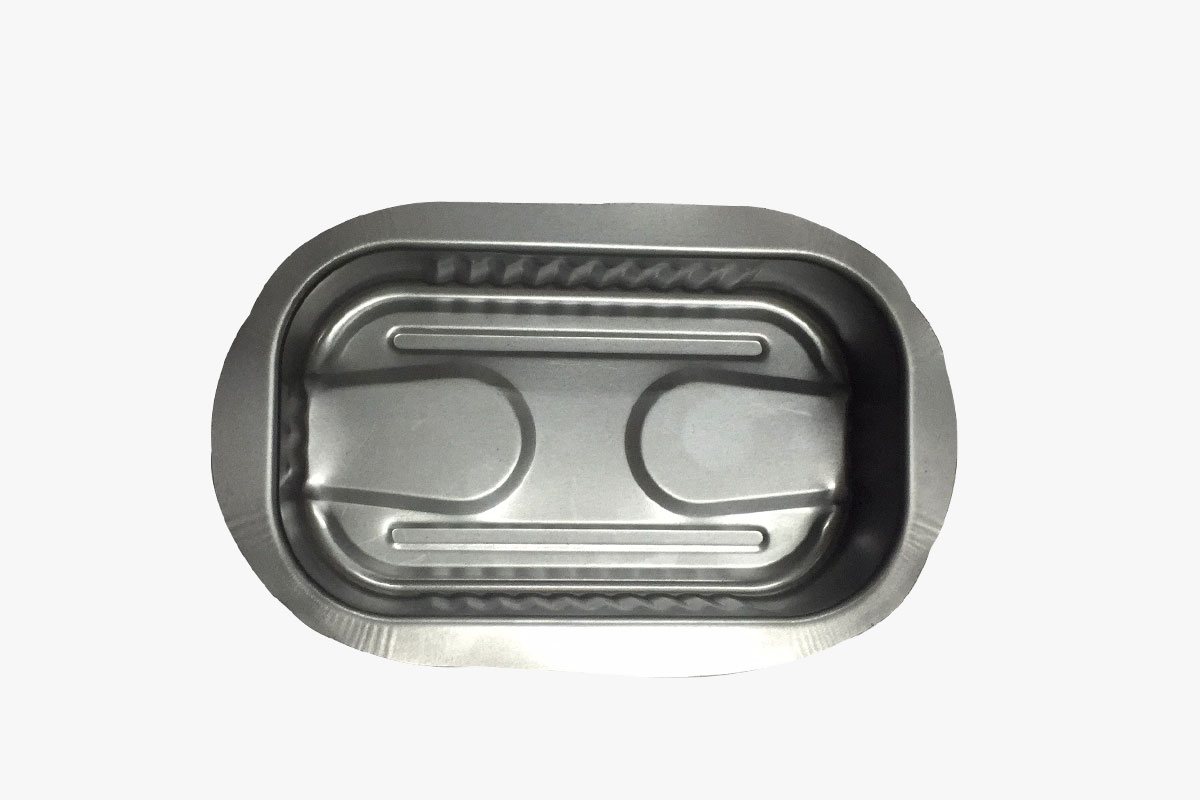

Tin Food Containers Tin food containers are used to sto […]
Tin Food Containers
Tin food containers are used to store and transport many types of foods. They protect the contents and prolong the shelf life of food items. The container itself is also airtight, helping to fight the harmful bacteria that could make a package unfit for use. Most cans are made of aluminum, but other metals such as steel or iron are used as well. A standard-size tin can holds 400 g of food, but there are half-sized versions available.
Tin cans have a long history of use in human cultures. In fact, it is estimated that over 80,000 million cans are manufactured worldwide every year. Cans are an essential part of contemporary living. As they are made of aluminum and other non-corrosive materials, they are recyclable. Manufacturers recycle iron and steel and can re-use the parts of the can that are not of value. This helps reduce the amount of waste and pollution that is generated.
The most common type of tin can is a two-piece can, composed of a body and lid. These cans are usually made using a metal drawing process. However, some manufacturers can strip away the tin coating to reuse the aluminum or steel used in the can.
Another popular form of tin can is a three-piece can, which is composed of a body, a lid, and a bottom. These cans can be used for foods, beverages, or medical products. Some cans have hinged lids and slip-on covers. Others have screw caps for pouring liquids.
Unlike other metals, tin does not corrode. Its natural resistance to acidic combinations makes it an ideal container for foods. Moreover, it can hold food for extended periods of time without corroding, which means it is also a safe and durable option for food packaging.
Tin is a very lightweight and malleable material. Because of this, it is extremely useful for canning, since it can be molded and shaped easily. Although it is a relatively expensive metal, it is more environmentally friendly than other metals, as it can be recycled.
While tin cans are a traditional option for food storage, modern cans have evolved to meet the demand of consumers. The most common type of can is a right circular cylinder. Other shapes include a tuna tin and a soup tin. If the contents are particularly shaped, the can can be made in a rounded-corner rectangle or an oval.
Tin cans are also used in the pharmaceutical industry. Some tin cans have a tin-lead alloy seal, which can be hazardous if ingested. For this reason, it is important to check the can for any signs of damage or leakage. To avoid ingesting botulism, which can only be transmitted through tin, never eat a tin can that has any cracks or leaks.
Although tin cans have been around for centuries, the manufacturing processes have improved greatly. Newer tin cans are made of soft, non-corrosive metals and are also recyclable. Also, some cans are specially designed to hold specific foods, like olive oil, vinegar, or tea. Several cans also have labels, which provide additional information about the product.

Recommended Products